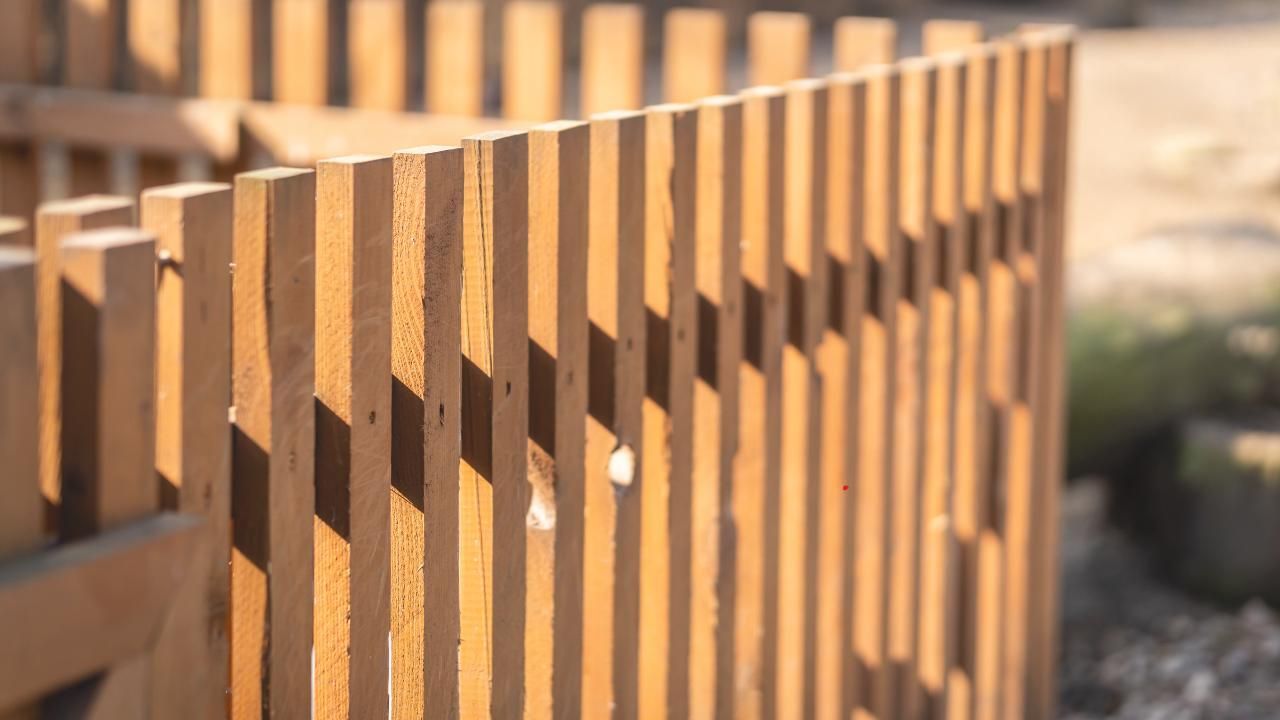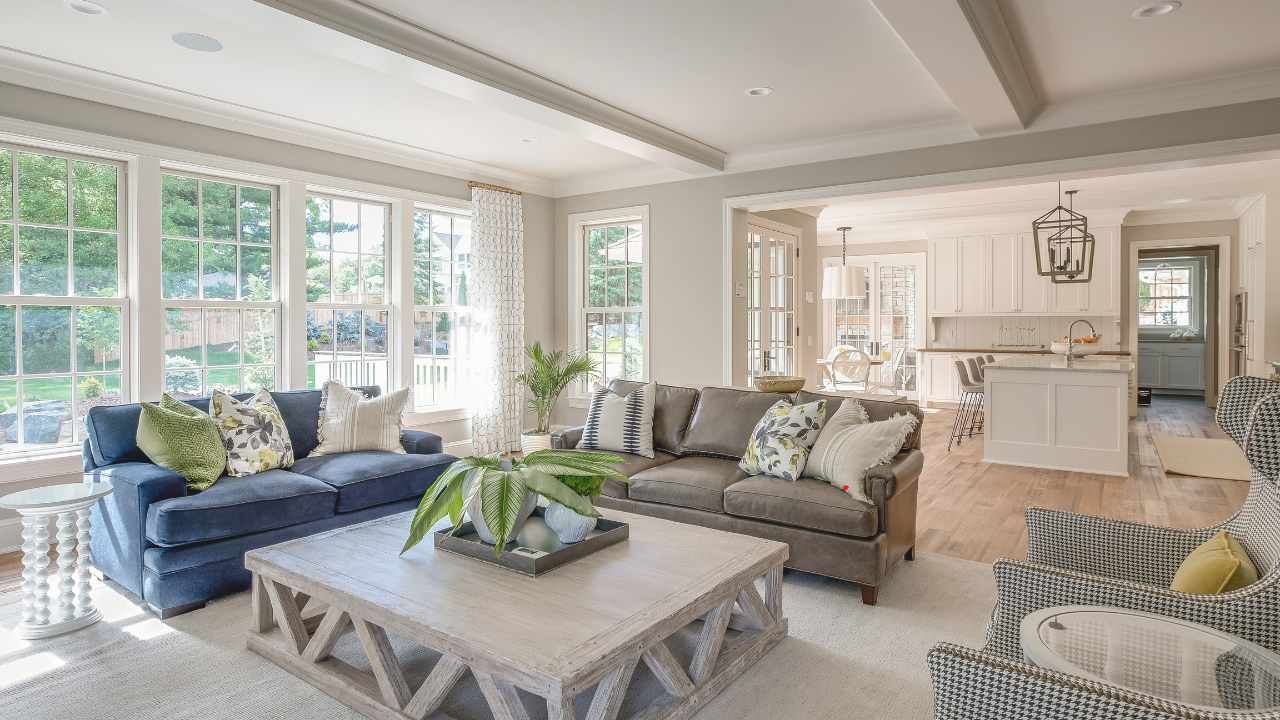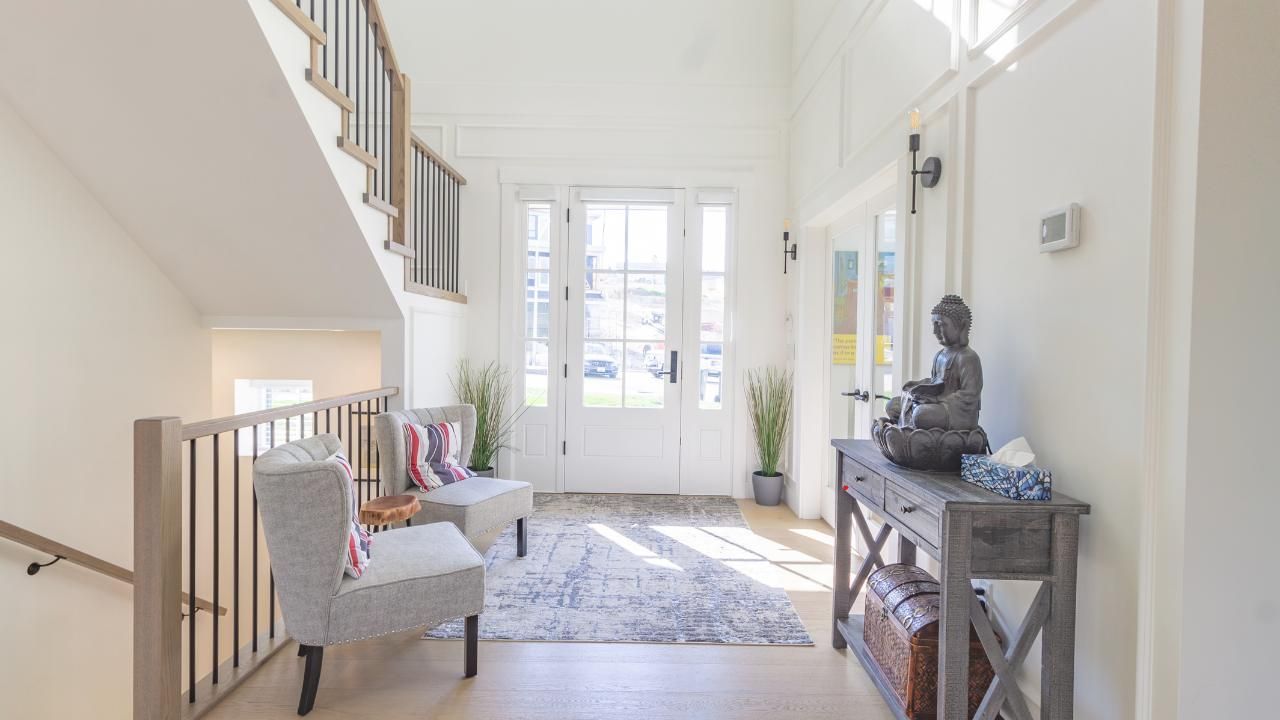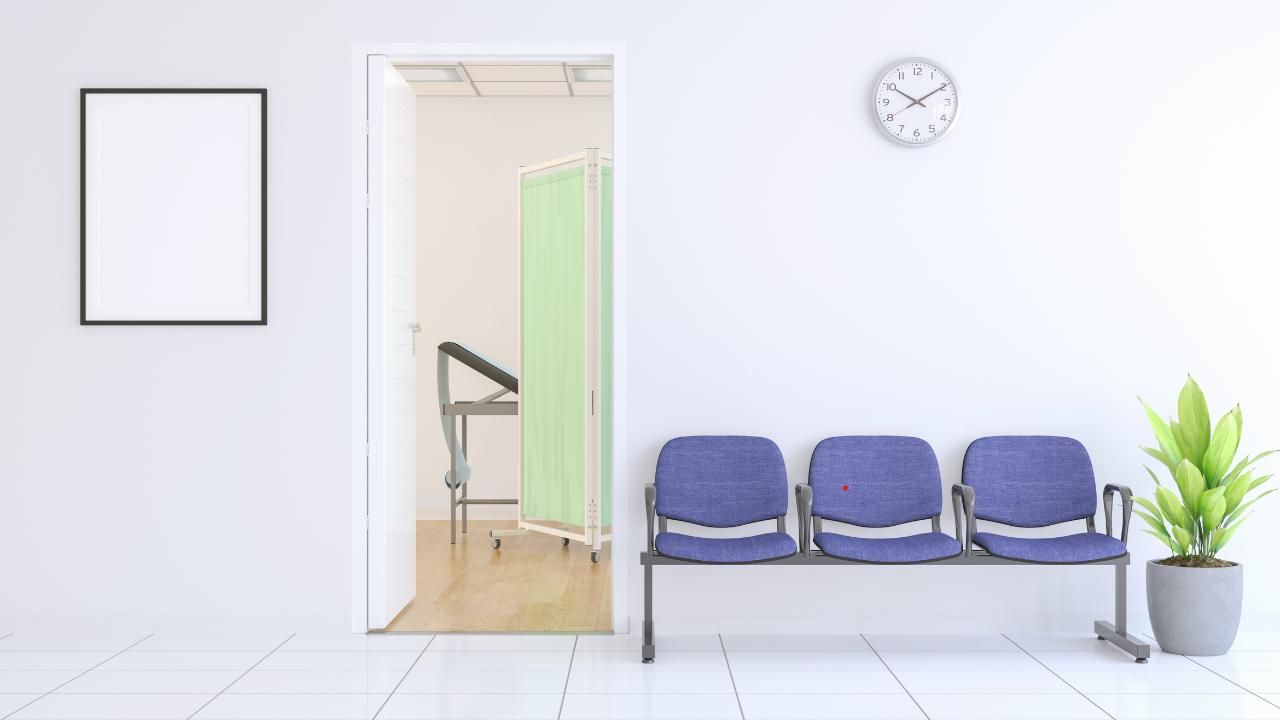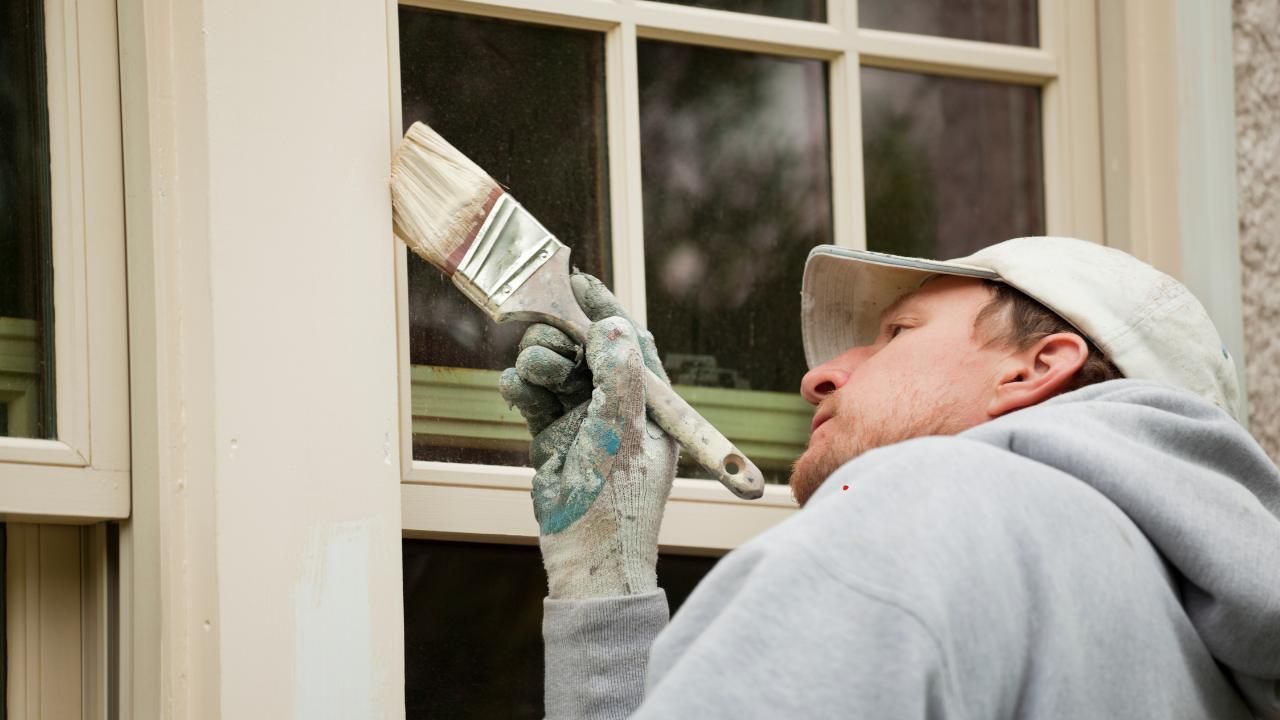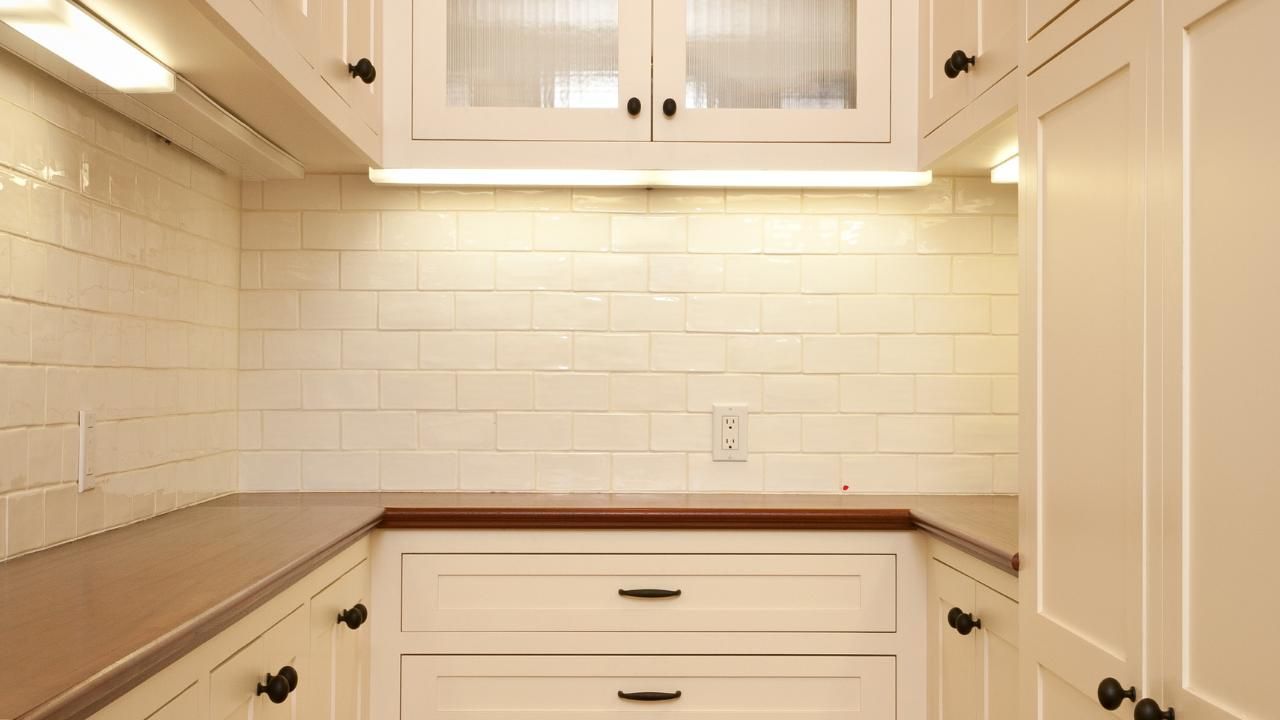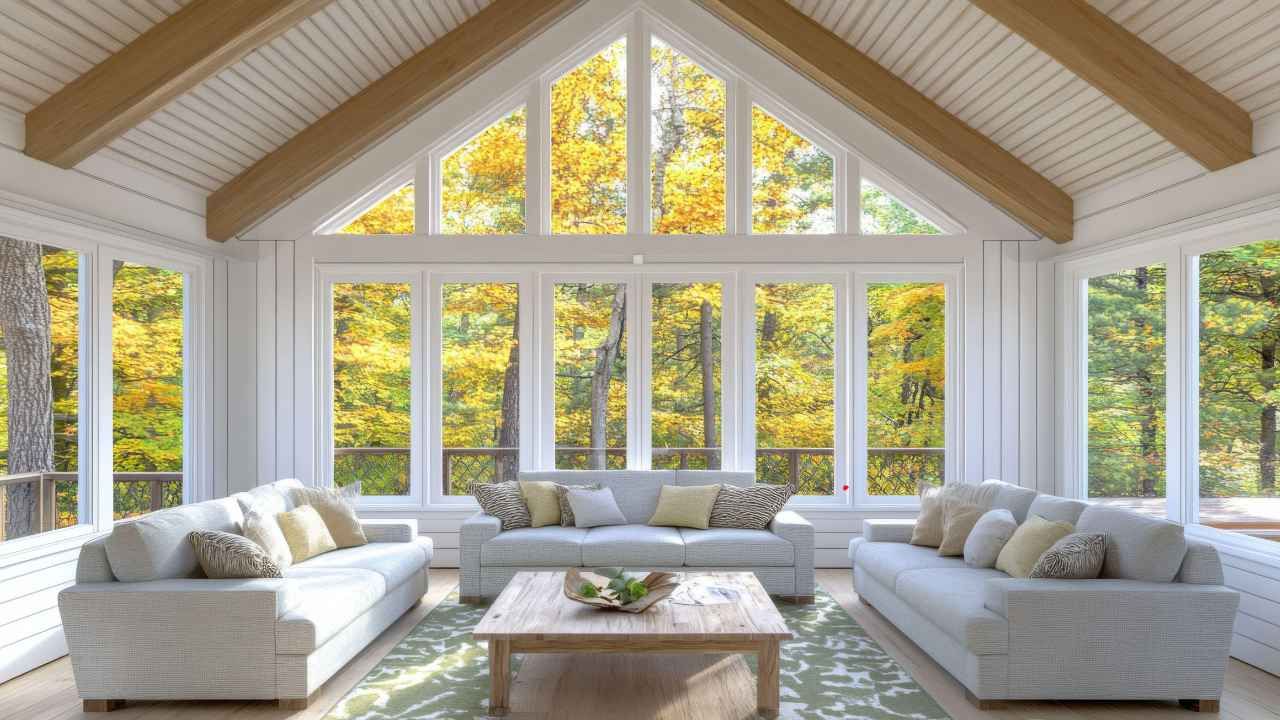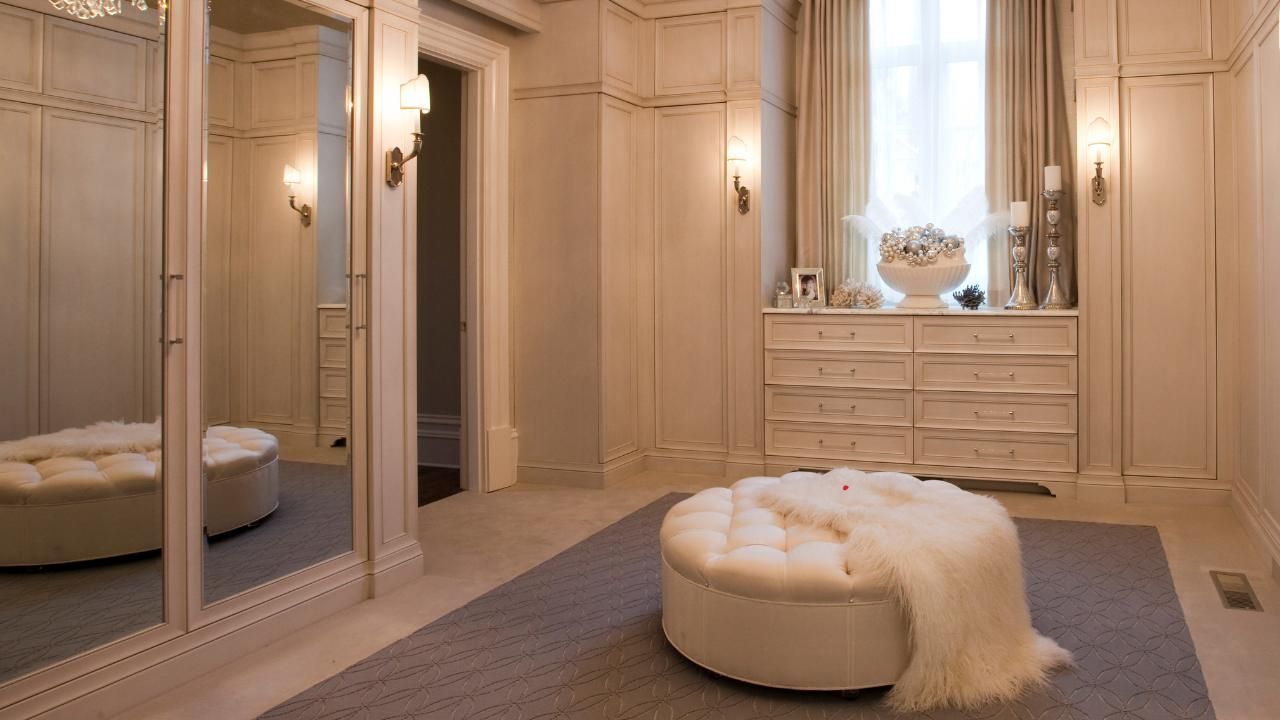Common Residential Painting Mistakes and How to Avoid Them
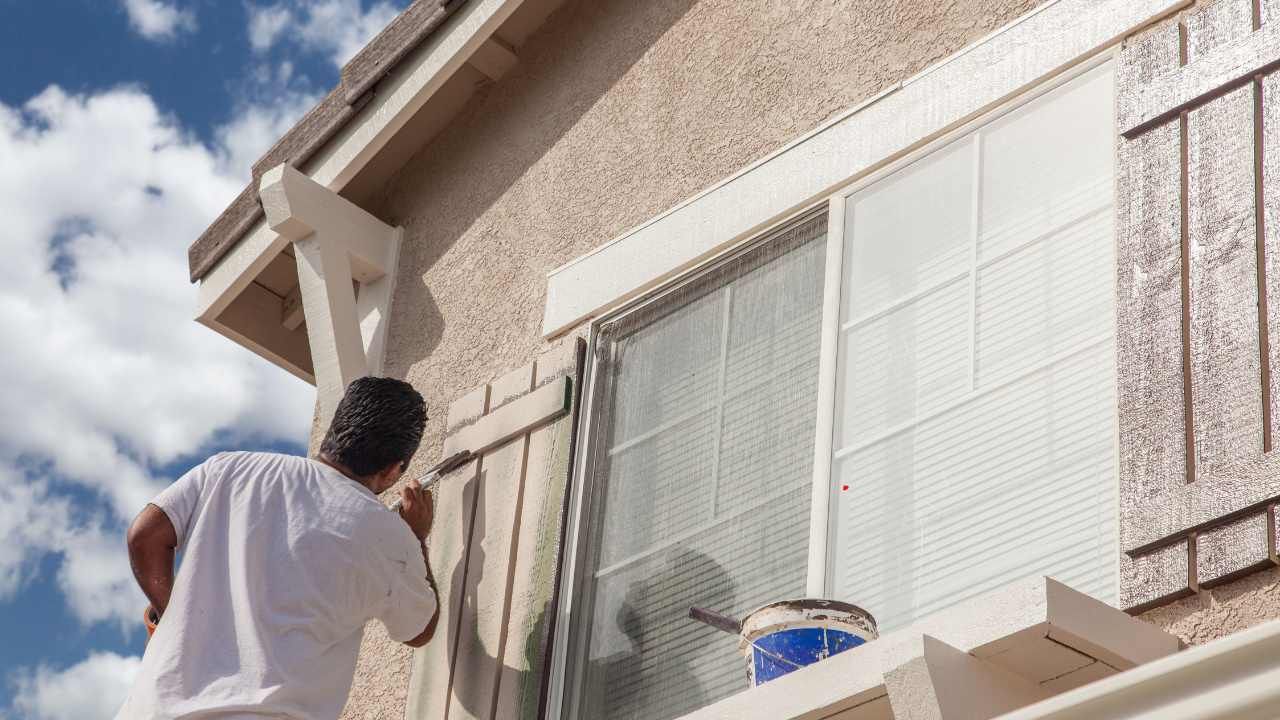
A fresh coat of paint can completely transform your living space—brightening a room, adding personality, or increasing your home’s resale value. But if you don’t prep and paint properly, that exciting DIY project can quickly turn into a frustrating mess. Whether you're doing it yourself or hiring a professional, it's important to know which mistakes to avoid.
In this post, we’ll walk through the most common residential painting mistakes and give you practical tips to ensure a smooth, long-lasting finish.
1. Skipping Surface Preparation
The most common mistake in residential painting is diving straight into the paint without preparing the surface first. Paint won’t stick to dirty, greasy, or glossy walls. If it does, it’s likely to peel, bubble, or crack sooner than you’d like.
How to avoid it:
- Wash the walls with mild soap and water to remove dust and grime.
- Scrape off any old, flaking paint.
- Sand rough spots and glossy finishes so the new paint can adhere properly.
- Patch holes or cracks with spackle and let it dry before sanding smooth.
Tip: Don’t forget to use painter’s tape to protect trims, outlets, and baseboards.
2. Using the Wrong Type of Paint
Not all paints are created equal. Using the wrong type—like flat paint in a high-moisture bathroom—can lead to mildew, discoloration, or a finish that doesn’t hold up to everyday wear.
How to avoid it:
- Use semi-gloss or satin paints for bathrooms, kitchens, and trim (they’re moisture- and scrub-resistant).
- Opt for matte or eggshell finishes in low-traffic areas like bedrooms or ceilings.
- Always match the paint type to the room’s purpose and conditions.
When in doubt, consult experts like the trusted painters Central Oregon residents rely on for long-lasting, beautiful finishes.
3. Painting Over Wet or Unprimed Surfaces
Applying paint to damp surfaces or skipping primer can cause uneven color, peeling, or long-term adhesion problems. Many homeowners assume that primer is only for drastic color changes—but it’s essential for almost every project.
How to avoid it:
- Allow spackled areas or freshly cleaned walls to dry completely before painting.
- Use a primer on patched areas, bare drywall, or when transitioning between colors (especially light to dark or vice versa).
- If your wall already has stains or water damage, a stain-blocking primer is a must.
4. Not Allowing Proper Drying Time
In a rush to finish the job, some DIYers apply a second coat too soon. The result? Paint that peels, streaks, or feels tacky for days.
How to avoid it:
- Read the manufacturer’s drying time on the can—it usually ranges from 2 to 6 hours between coats.
- Temperature and humidity can affect drying, so adjust your timing based on your environment.
- Patience pays off. Let each coat fully cure before moving furniture back or hanging art.
5. Choosing Poor-Quality Tools
Low-cost brushes or roller covers may seem like a good way to save money, but they often shed bristles, apply uneven coats, or leave streaks behind.
How to avoid it:
- Invest in high-quality brushes and rollers appropriate for your type of paint.
- Use angled brushes for trim and tight corners.
- A good roller cover with the right nap will apply paint more evenly and reduce splatter.
Case Study: How One Family Saved Their Walls—and Their Weekend
The Johnson family in Oregon decided to repaint their living room themselves. They chose quality paint but skipped surface prep and didn’t use primer. Within weeks, the paint began to bubble and peel. Frustrated, they called Ash Painting for help. The pros at Ash assessed the damage, prepped the walls correctly, and repainted with durable, moisture-resistant paint. Today, the room looks flawless—and they’ve learned it’s worth investing in professional painting services from the start.
Final Thoughts
Painting your home doesn’t have to be stressful—but it does require the right techniques, materials, and timing. Avoiding these common residential painting mistakes can save you time, money, and a whole lot of touch-ups down the road.
Need help with your next project? Reach out to professional painters Central Oregon homeowners trust—like Ash Painting—for expert results that last.


